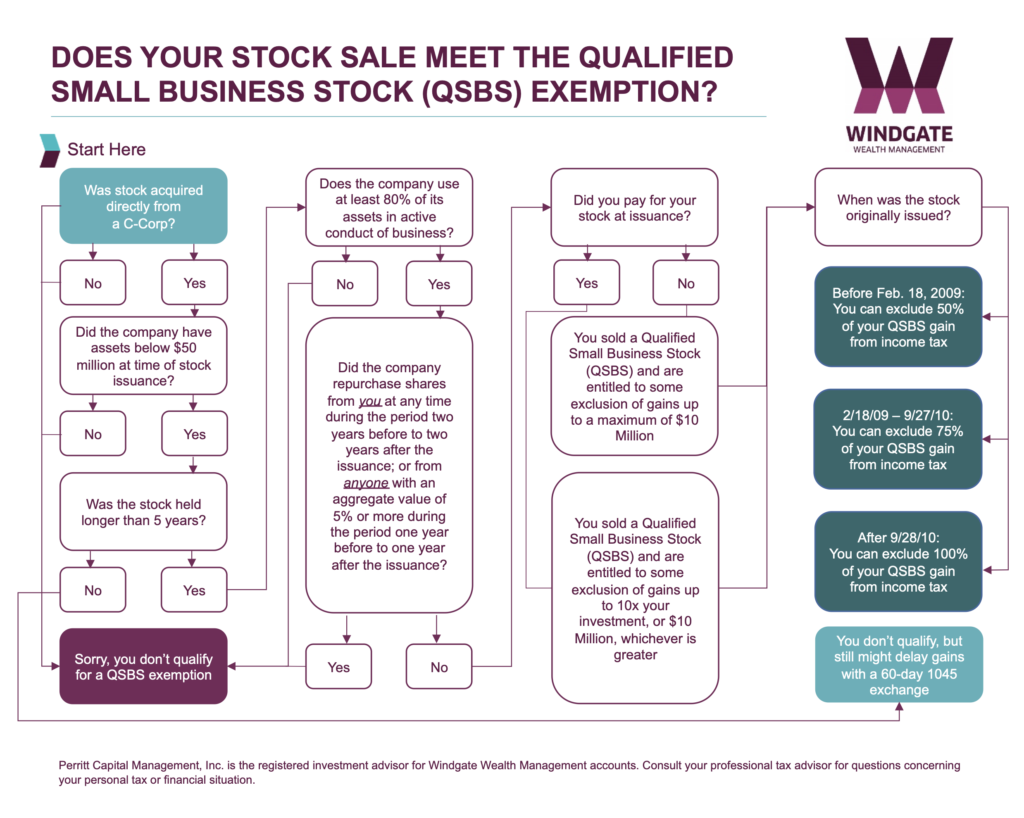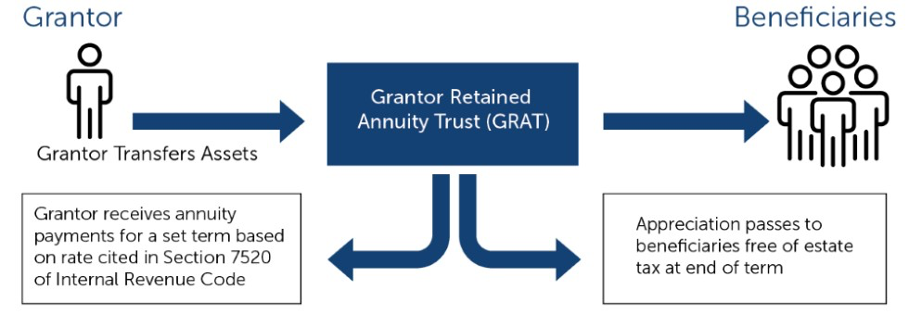94 startup founders applied to enter our WMNtech Pitch Competition, but only 20 are slated to move on to the semi-final round! After an intense first round review process from appointed leadership at 1871, we’re very excited to announce the startup founders and their companies moving on through.
Top 20 Companies of the WMNtech Pitch Competition 2022
- Balloon by Amanda Greenberg
- Bilin Academy by Huayi He
- CampfireSocial by Erica Bishaf
- Cravosity by Malvi Hemani
- Debtle by Stephanie Hoskins
- Here Here Market by Disha Gulati
- Hubly Surgical by Casey Grage
- Nyssa by Eden Laurin
- Partum health by Meghan Doyle
- Pocketnest by Jessica Willis
- Sign-Speak Inc, by Yamillet Payano
- SMART Charts by Corinne Vargas
- Springrose by Nicole Cuervo
- The Qube by Anna DeShawn Rainey
- TrueToForm by Janice Tam
- unithrifts by Patricia Garcia
- Verbal Transactions by Nancy Munro
- Wave Therapeutics by Jessica Bussert
- weThink, inc. by Katrina Salazar
- Xeo Air by Browyn Morgan.
About the pitch competition
The WMNtech Pitch Competition is our latest addition to our larger women tech founder initiative, which includes immersive programming, tailored resources, mentorship, and community support to help early stage women-identifying entrepreneurs embrace their unique strengths & break down the barriers they face. We can’t wait to bring together our full community of early, growth, and corporate members, VC partners, and allies as we bring much needed attention & resources to some incredible women-led startups!





